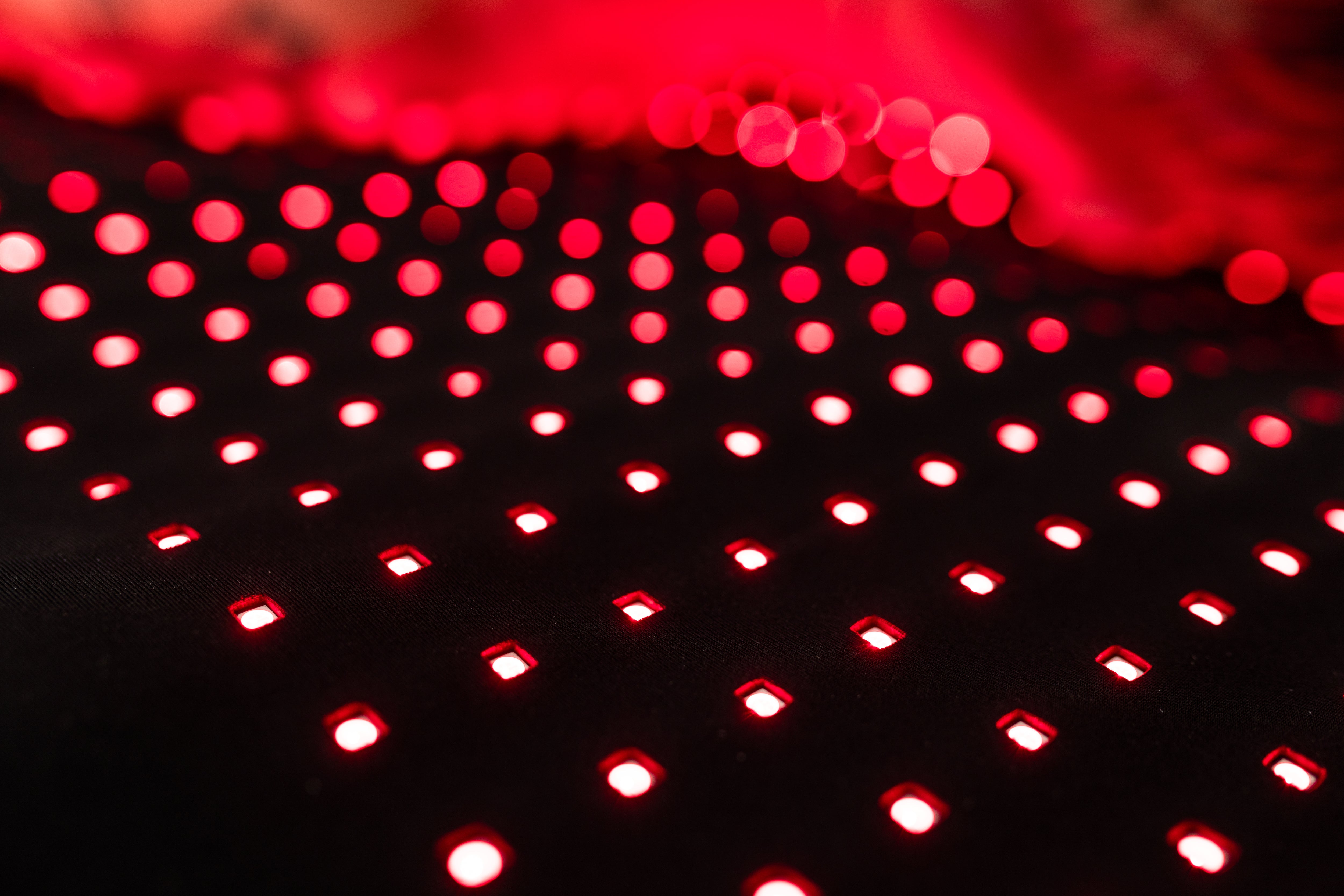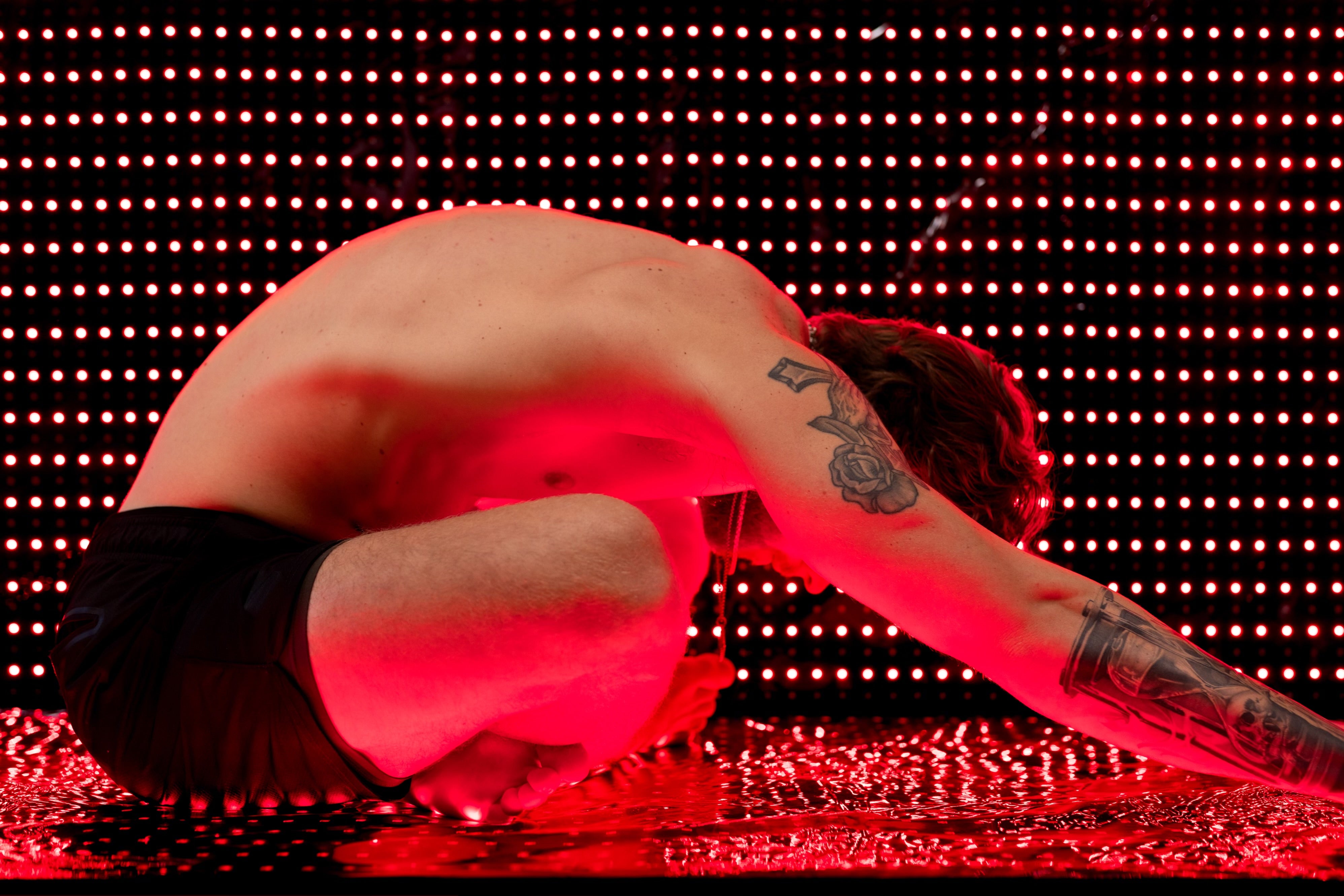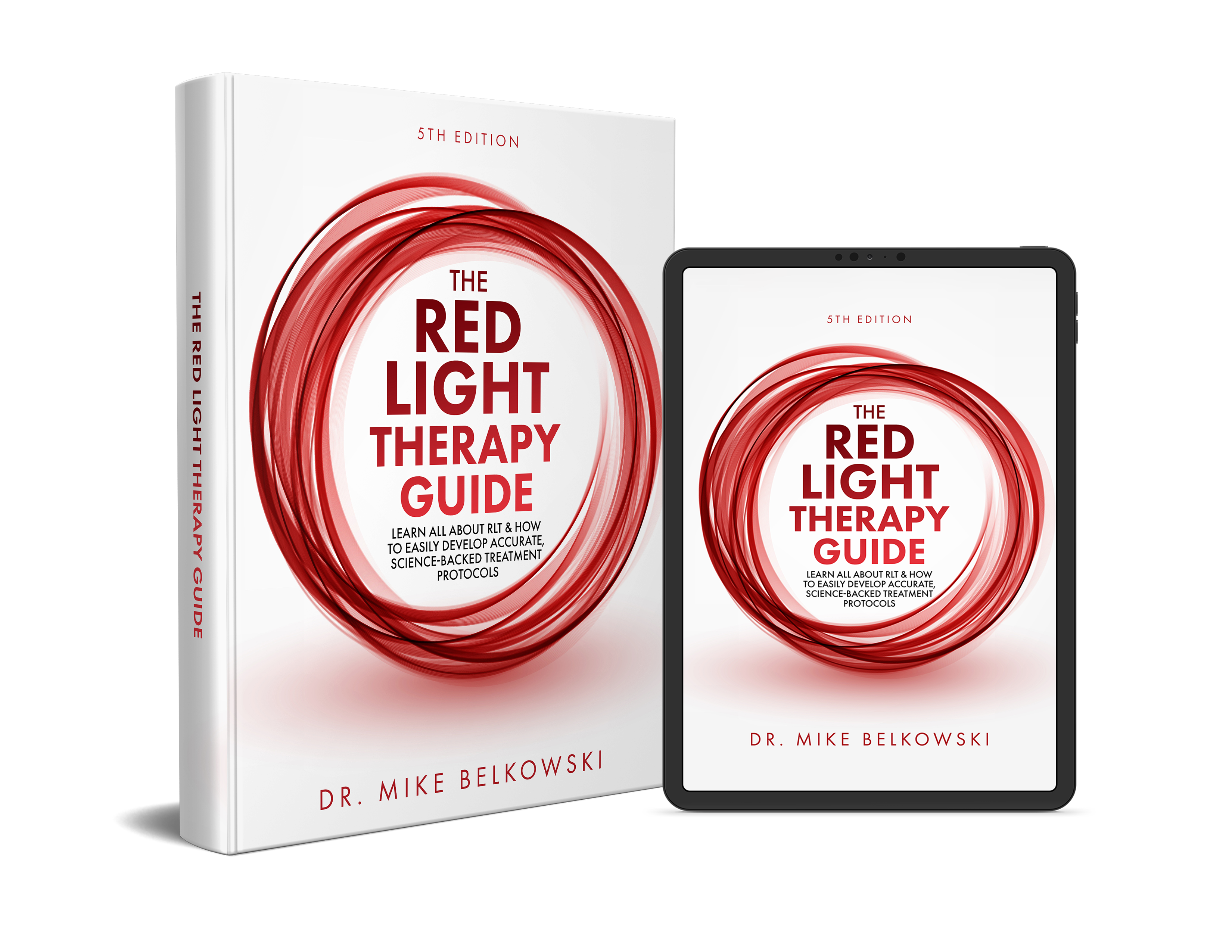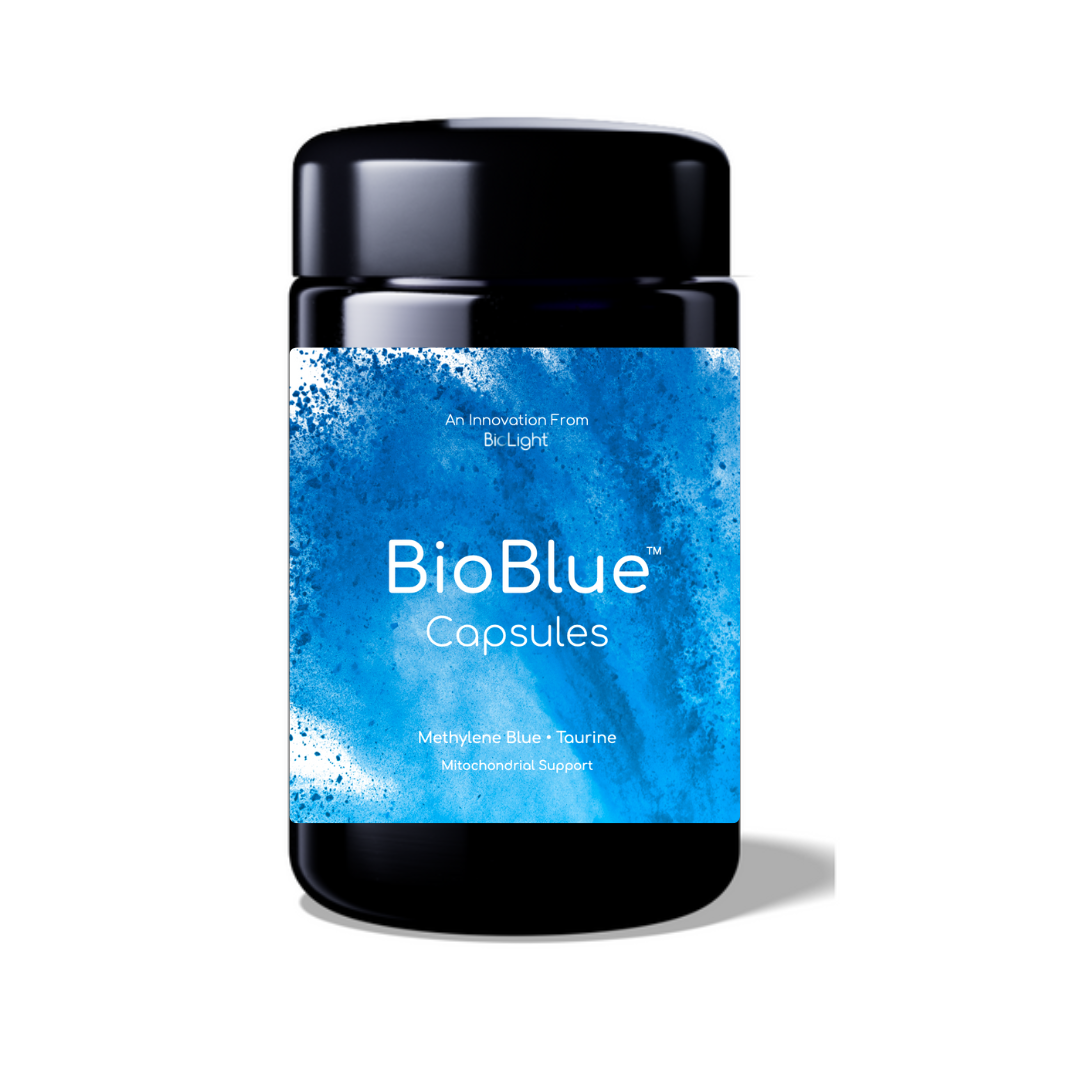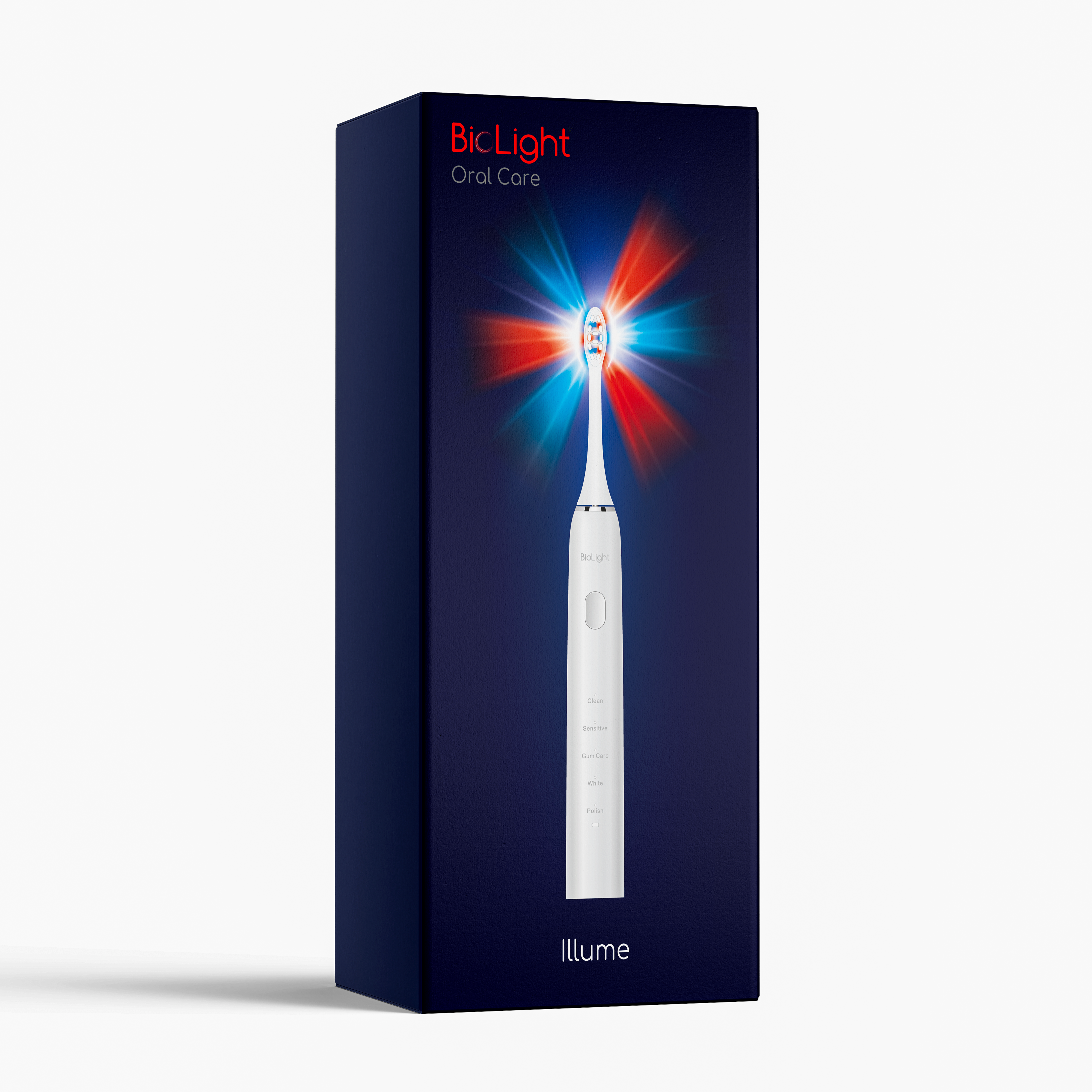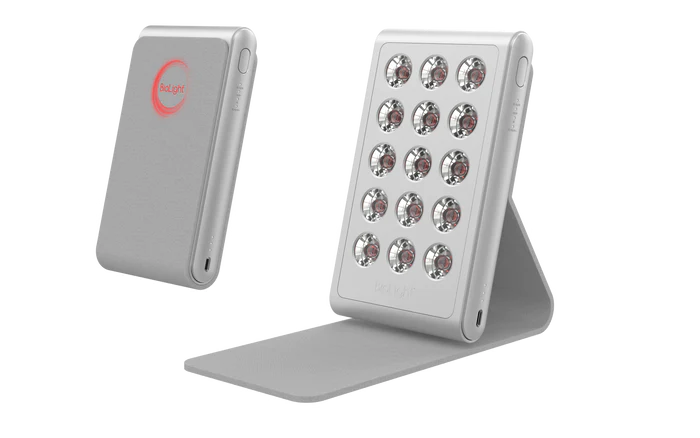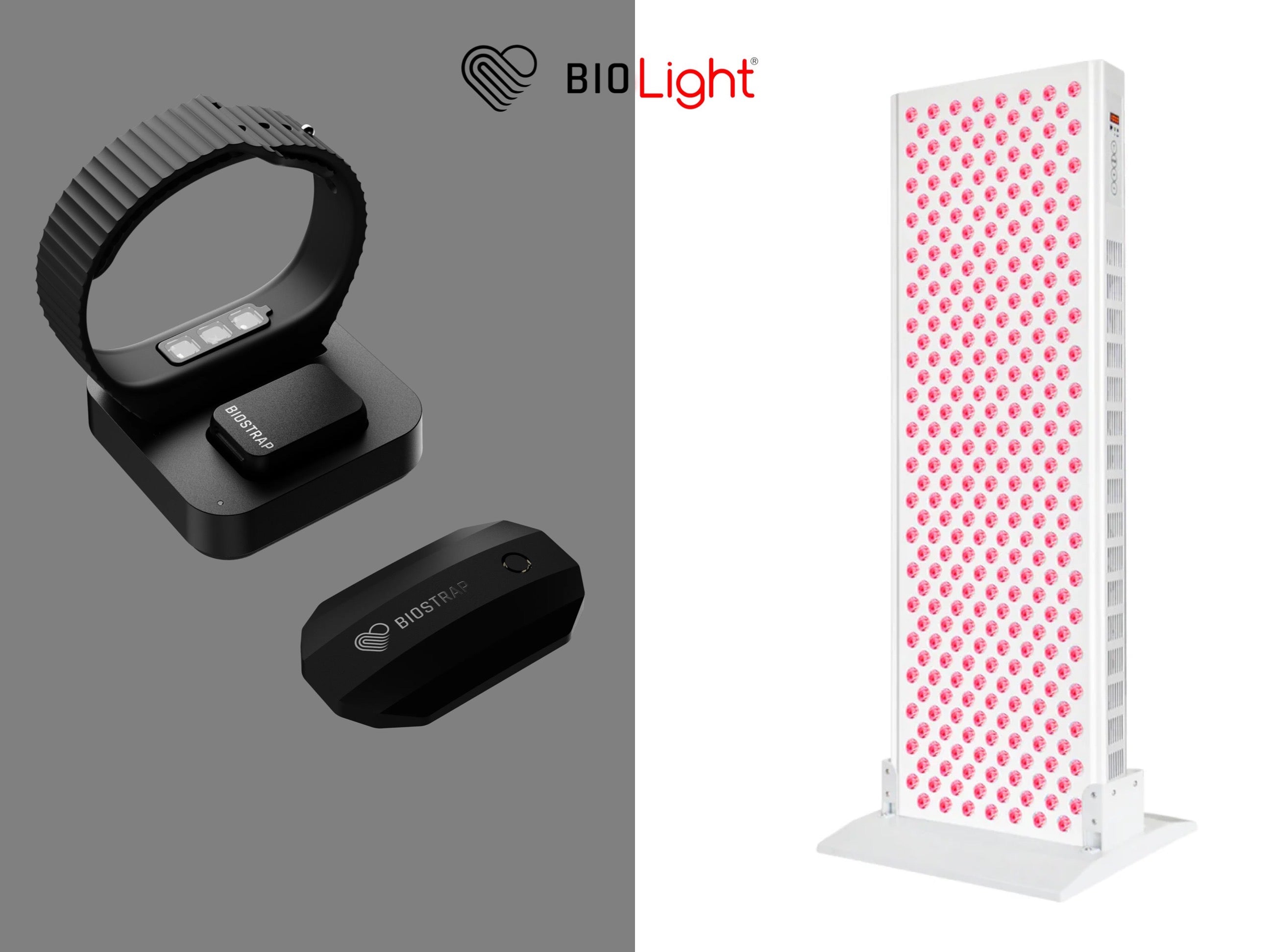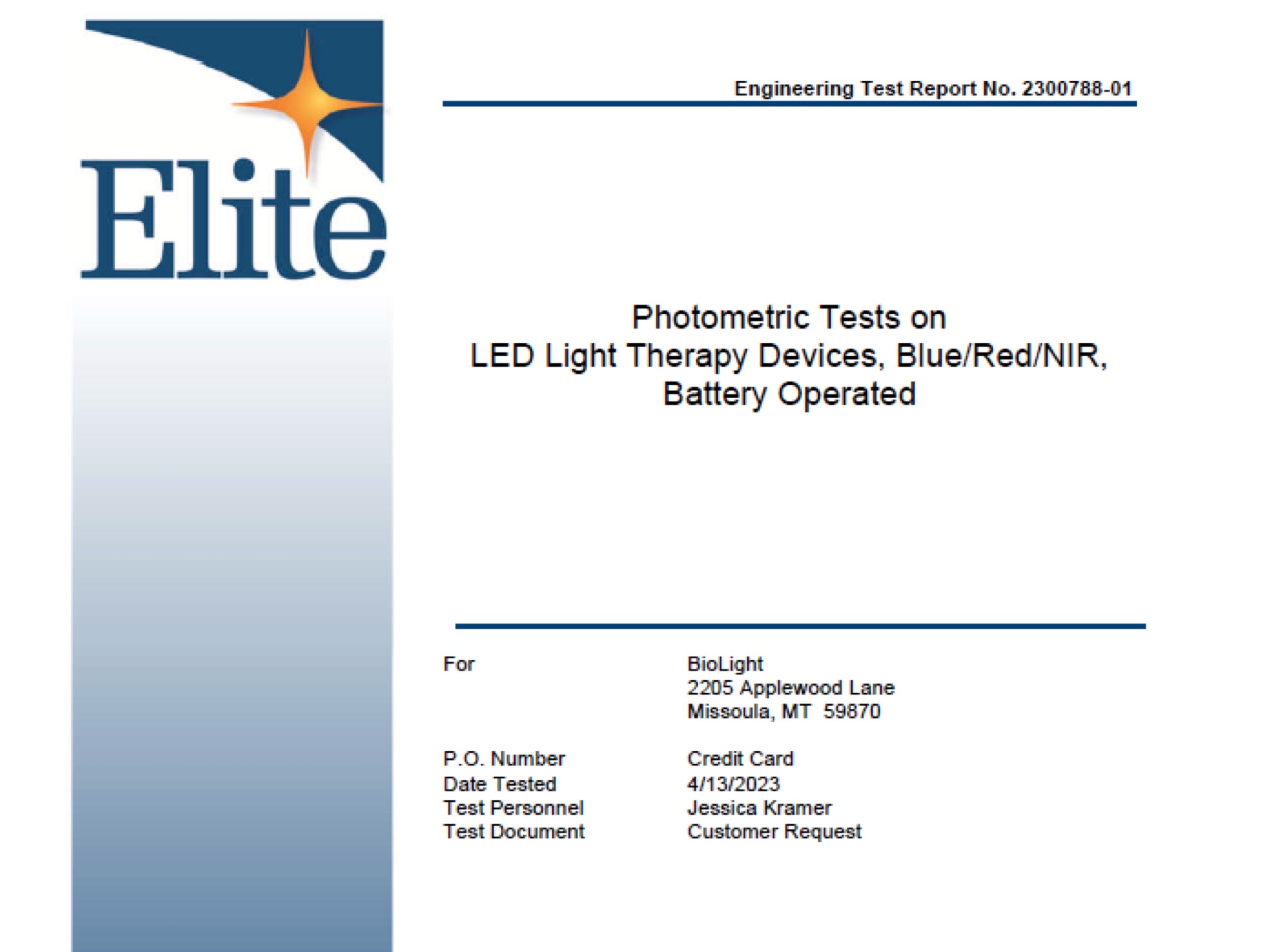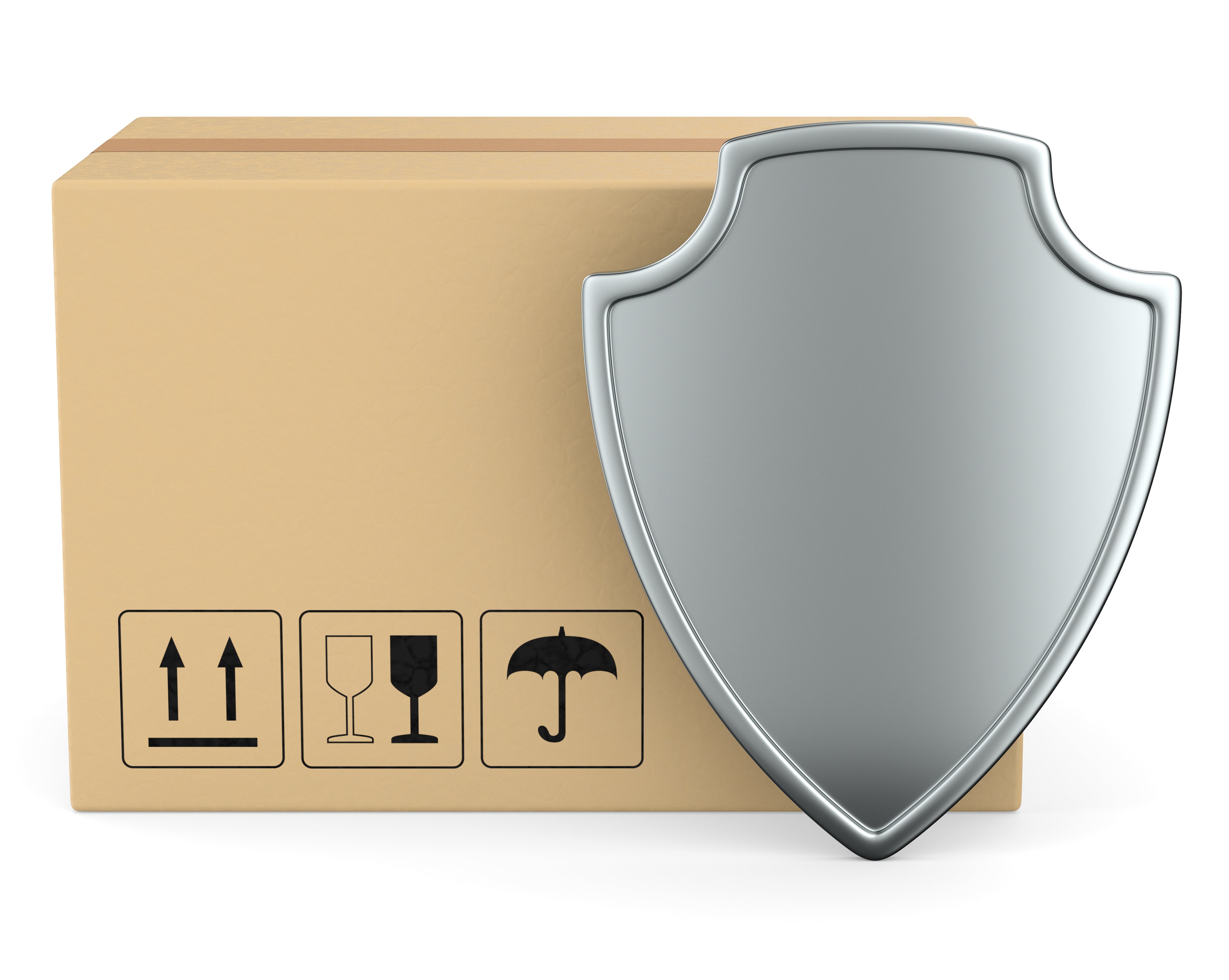Burning Mouth Syndrome (BMS) is a perplexing and often debilitating condition characterized by a chronic burning sensation in the mouth, affecting areas such as the tongue, gums, lips, and the roof of the mouth. The exact cause of BMS is not well understood, making it challenging to treat. However, recent advances in therapeutic techniques, such as red light therapy, offer new hope for managing this condition. But can red light therapy really help with Burning Mouth Syndrome? This article explores the potential benefits, mechanisms, and best practices for using red light therapy to alleviate symptoms of BMS.
Understanding Burning Mouth Syndrome
Burning Mouth Syndrome is a complex condition that can significantly impact a person’s quality of life. The symptoms include:
- Persistent Burning Sensation: A continuous burning feeling in the mouth, which may worsen throughout the day.
- Dry Mouth: A sensation of dryness, despite adequate saliva production.
- Taste Changes: Altered taste perception, such as a metallic or bitter taste.
- Pain and Discomfort: The pain can be severe and persistent, affecting daily activities like eating, speaking, and swallowing.
The exact cause of BMS is unknown, but it is believed to be related to nerve damage, hormonal changes, allergies, or reactions to medications. Traditional treatments often focus on managing symptoms, but they are not always effective.
What is Red Light Therapy?
Red light therapy, also known as low-level laser therapy (LLLT) or photobiomodulation, involves the use of low-intensity red or near-infrared light to stimulate cellular activity. The therapy works by penetrating the tissues and being absorbed by the cells’ mitochondria, which are responsible for energy production. This boost in cellular energy promotes healing, reduces inflammation, and alleviates pain.
How Red Light Therapy Can Help with Burning Mouth Syndrome
Mechanism of Action
Red light therapy may help manage the symptoms of Burning Mouth Syndrome through several mechanisms:
- Reducing Nerve Sensitivity: BMS is believed to involve nerve damage or dysfunction. Red light therapy can help modulate nerve activity, reducing the sensitivity that contributes to the burning sensation.
- Promoting Healing: The therapy enhances cellular repair and regeneration, which may help heal any underlying tissue damage that could be contributing to the symptoms.
- Reducing Inflammation: Inflammation in the mouth may exacerbate BMS symptoms. Red light therapy’s anti-inflammatory effects can help alleviate this, providing relief from discomfort.
- Improving Blood Circulation: Enhanced blood flow ensures that oxygen and nutrients are delivered more effectively to the affected areas, supporting overall oral health and potentially reducing symptoms.
Research Supporting Red Light Therapy for BMS
Clinical Evidence
While specific research on red light therapy for Burning Mouth Syndrome is still emerging, studies in related areas provide a promising outlook. For example, red light therapy has been shown to effectively reduce pain and inflammation in various oral conditions, suggesting that it could be beneficial for managing BMS. Patients with conditions like oral mucositis, which shares some symptoms with BMS, have reported significant relief after using red light therapy.
Limitations and Considerations
It’s important to note that while red light therapy shows potential, it should be considered as a complementary treatment rather than a standalone cure. It is essential to use it in conjunction with other treatments recommended by your healthcare provider.
How to Use Red Light Therapy for Burning Mouth Syndrome
Best Practices:
- Consult with Your Dentist or Doctor: Before starting red light therapy, consult with a healthcare professional to ensure it is appropriate for your specific condition and to receive guidance on its proper use.
- Use the Right Device: Choose a red light therapy device designed for oral use, with wavelengths typically ranging from 600-850 nm. These wavelengths are effective for penetrating oral tissues and supporting cellular health.
- Follow a Regular Treatment Schedule: Depending on the severity of your symptoms and your healthcare provider’s recommendations, use red light therapy consistently—daily or several times a week—for optimal results.
- Combine with Traditional Treatments: Red light therapy should be part of a broader treatment plan, including medications, dietary changes, or other therapies prescribed by your doctor.
Conclusion
Red light therapy offers a promising, non-invasive approach to managing Burning Mouth Syndrome. By reducing nerve sensitivity, promoting healing, reducing inflammation, and improving blood circulation, it can potentially alleviate some of the discomfort associated with BMS. However, it is crucial to use red light therapy under the guidance of a healthcare professional and as part of a comprehensive treatment plan to ensure the best outcomes.
